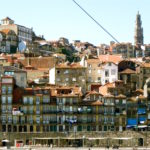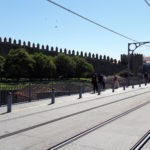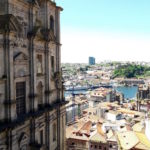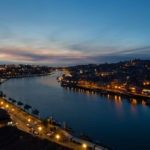ABOUT PORTO
Porto is Portugal’s second-largest city, with 300.000 inhabitants and combines a strong cultural heritage with growing research and development concerns, offering visitors scenery with plenty to see.
Porto is the centre of a metropolitan area of great vitality with a population of 1.1 million and it is known for its cuisine, wines and the unique combination of tradition and modernity.
Porto was the founder of the Portuguese nation, which was independent in 1143. The city lies on the right bank of the Douro River and its historical centre (four main areas: Sé, Miragaia, S. Nicolau and Vitória) was awarded UNESCO World Heritage, in 1996, due to its numerous Medieval, Baroque and Neo Classic monuments. But it is in the narrower streets where the unique atmosphere of old Porto is to be found, where “cultural heritage” is an everyday fact of life.
The people of Porto received in the 15th century the honourable nickname of “Tripers”, since all the good meat was sent for the men who went to conquer Ceuta in 1415 and later to those who went in caravels to discover other lands. So the inhabitants of Porto only had the tripes of the cow to eat. That’s how the most typical dish- tripe Porto style- came into being.
In 2001 Porto was the host of the European Cities of Culture. In addition to an extensive renovation and rehabilitation project involving a team of renowned architects and engineers, great changes have been made in the city.
Porto is also the starting point to explore the river Douro in an unforgettable journey upstream where nature has been vigorous, solemn and profound. The Port vineyards are planted along the steep and spectacular hills overlooking the river Douro. The Douro region has also been considered a UNESCO World Heritage.
For more information about Porto and Portugal please look in the following sites:
















